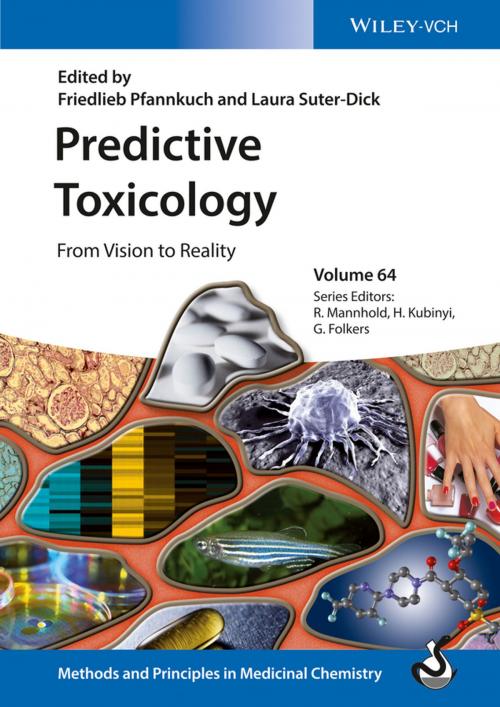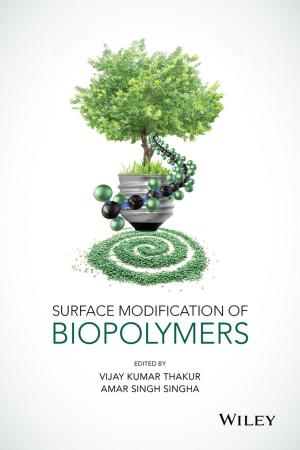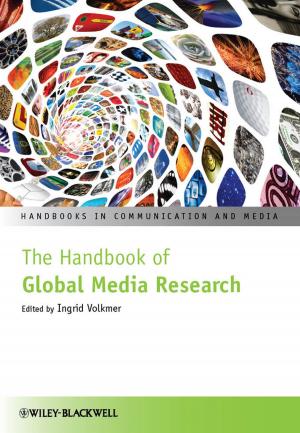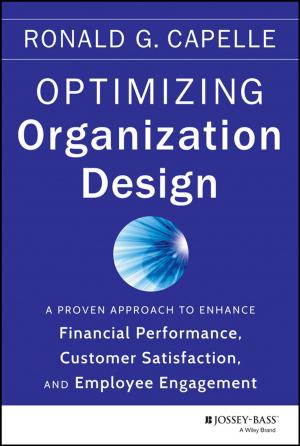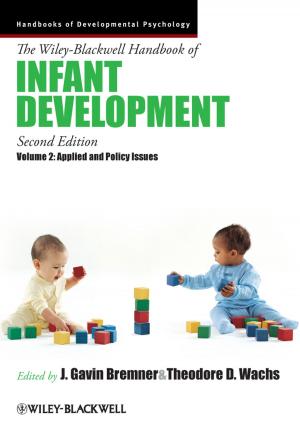Predictive Toxicology
From Vision to Reality
Nonfiction, Health & Well Being, Medical, Medical Science, Pharmacology| Author: | Raimund Mannhold, Hugo Kubinyi, Gerd Folkers | ISBN: | 9783527674206 |
| Publisher: | Wiley | Publication: | October 15, 2014 |
| Imprint: | Wiley-VCH | Language: | English |
| Author: | Raimund Mannhold, Hugo Kubinyi, Gerd Folkers |
| ISBN: | 9783527674206 |
| Publisher: | Wiley |
| Publication: | October 15, 2014 |
| Imprint: | Wiley-VCH |
| Language: | English |
Tailored to the needs of scientists developing drugs, chemicals, cosmetics and other products this one-stop reference for medicinal chemists covers all the latest developments in the field of predictive toxicology and its applications in safety assessment.
With a keen emphasis on novel approaches, the topics have been tackled by selected expert scientists, who are familiar with the theoretical scientific background as well as with the practical application of current methods. Emerging technologies in toxicity assessment are introduced and evaluated in terms of their predictive power, with separate sections on computer predictions and simulation methods, novel in vitro systems including those employing stem cells, toxicogenomics and novel biomarkers. In each case, the most promising methods are discussed and compared to classical in vitro and in vivo toxicology assays. Finally, an outlook section discusses such forward-looking topics as immunotoxicology assessment and novel regulatory requirements.
With its wealth of methodological knowledge and its critical evaluation of modern approaches, this is a valuable guide for toxicologists working in pharmaceutical development, as well as in safety assessment and the regulation of drugs and chemicals.
Tailored to the needs of scientists developing drugs, chemicals, cosmetics and other products this one-stop reference for medicinal chemists covers all the latest developments in the field of predictive toxicology and its applications in safety assessment.
With a keen emphasis on novel approaches, the topics have been tackled by selected expert scientists, who are familiar with the theoretical scientific background as well as with the practical application of current methods. Emerging technologies in toxicity assessment are introduced and evaluated in terms of their predictive power, with separate sections on computer predictions and simulation methods, novel in vitro systems including those employing stem cells, toxicogenomics and novel biomarkers. In each case, the most promising methods are discussed and compared to classical in vitro and in vivo toxicology assays. Finally, an outlook section discusses such forward-looking topics as immunotoxicology assessment and novel regulatory requirements.
With its wealth of methodological knowledge and its critical evaluation of modern approaches, this is a valuable guide for toxicologists working in pharmaceutical development, as well as in safety assessment and the regulation of drugs and chemicals.
